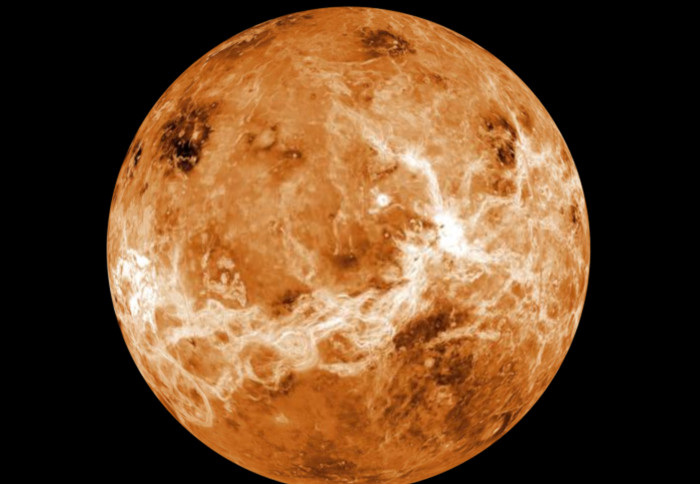Imperial scientist to help research Venus in new planetary mission | Imperial News


Imperial College London will contribute to new mission Visualize, which will analyze the geology and environment of Venus.
The mission, which could start as early as 2031, aims to figure out whether our neighbouring planet was when habitable and to analyze how geological action all through time has pushed the evolution of Venus’s local climate and habitability. The team hope the mission will assist us comprehend why Earth grew to become the only regarded world that can maintain lifestyle.
We now have the beginnings of a extended-time period exploration programme, which will help vital multi-scale observations of Venus’s inside, floor and environment more than many several years to occur. Dr Philippa Mason Division of Earth Science and Engineering
Researchers from Royal Holloway, University of London, the College of Oxford and Imperial will make essential contributions to the mission, which has been picked as aspect of the European Place Agency’s (ESA) Cosmic Eyesight programme. With ESA mission charges of €610 million, Envision aims to examine Venus by exploring past and existing volcanic action and monitoring the crucial volcanic gases that maintain its clouds and hostile natural environment.
Mission Science Investigator Dr Philippa Mason of Imperial’s Office of Earth Science and Engineering claimed: “With not a person but three new missions to Venus, we now have the beginnings of a long-time period exploration programme, which will allow crucial multi-scale observations of Venus’s interior, area and ambiance above many years to arrive. We thus hope that Envision will encourage interest among a total new era of planetary researchers.”
‘Unearthly neighbour’
Venus is the most Earth-like world in measurement, composition, and length to our Solar. When they initially shaped, Earth and Venus had been in all probability very related, with oceans of molten rock and thick atmospheres of carbon dioxide and steam. Even though Earth developed to come to be the habitable earth we love nowadays, Venus might or might not have had a habitable period with liquid h2o oceans in advance of establishing a runaway greenhouse effect which currently cooks its surface area to an inhospitable 450° Centigrade.
It is intriguing to contemplate just how many similarities Venus shares with our Earth, and what its secrets and techniques could explain to us about our weather Amanda Solloway Uk Science Minister
Uk Science Minister Amanda Solloway said: “I’m very pleased that after once more, British researchers have been decided on to participate in a top function in a mission that will broaden humankind’s comprehending of the universe.
“It is fascinating to think about just how lots of similarities Venus shares with our Earth, and what its tricks could convey to us about our climate as properly as what helps make our world so particular to be capable to sustain daily life.”
Doing the job with European and American researchers, the Uk workforce will evaluate geologic and atmospheric processes to those people on Earth and other planets and intention to learn far more about how interactions among its inside, surface and atmosphere have shaped its evolution.
Onboard gear
- An imaging Artificial Aperture Radar (VenSAR) which will see by way of the clouds to map the surface of the world.
- A Subsurface Radar Sounder (SRS) to penetrate the best kilometre of the subsurface and research for underground layering, structures and buried geological options.
- 3 spectrometers to map floor geologic composition and observe essential gases, such as searching for volcanic fuel plumes over and underneath the clouds, supported by radio measurements of cloud composition.
Guide challenge scientist Professor Richard Ghail at Royal Holloway said: “Europe’s Earth Observation programme – the Sentinels – display us just how interconnected the geology and weather of our world are. Visualize will just take that knowledge to Venus to make feeling of our most unearthly neighbour, and so assist us have an understanding of what makes our personal globe so special.”
Facts will be collected by an orbiter identified as Imagine, which is envisioned to start in 2031. It will just take 15 months to attain Venus, wherever it will just take a further more 16 months of aerobraking to get into its low circular orbit. As soon as this phase is achieved, the satellite will commence its four-12 months scientific research.
This news item was adapted from a push release by United kingdom Place Company.
Graphic: Shutterstock/NASA
See the press launch of this short article
Short article textual content (excluding pictures or graphics) © Imperial Higher education London.
Pictures and graphics subject matter to 3rd social gathering copyright utilised with authorization or © Imperial College or university London.
